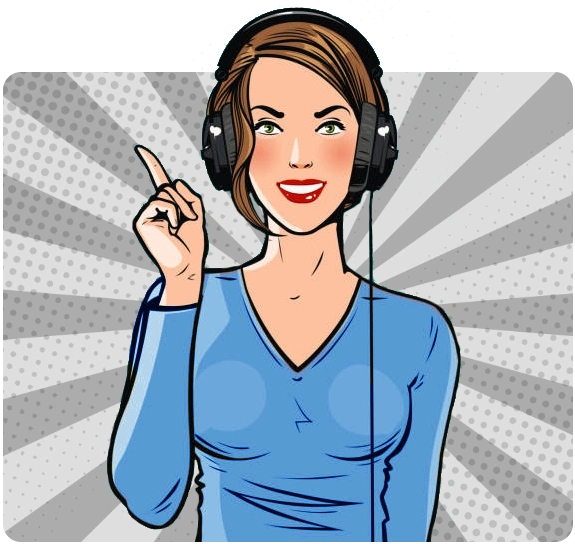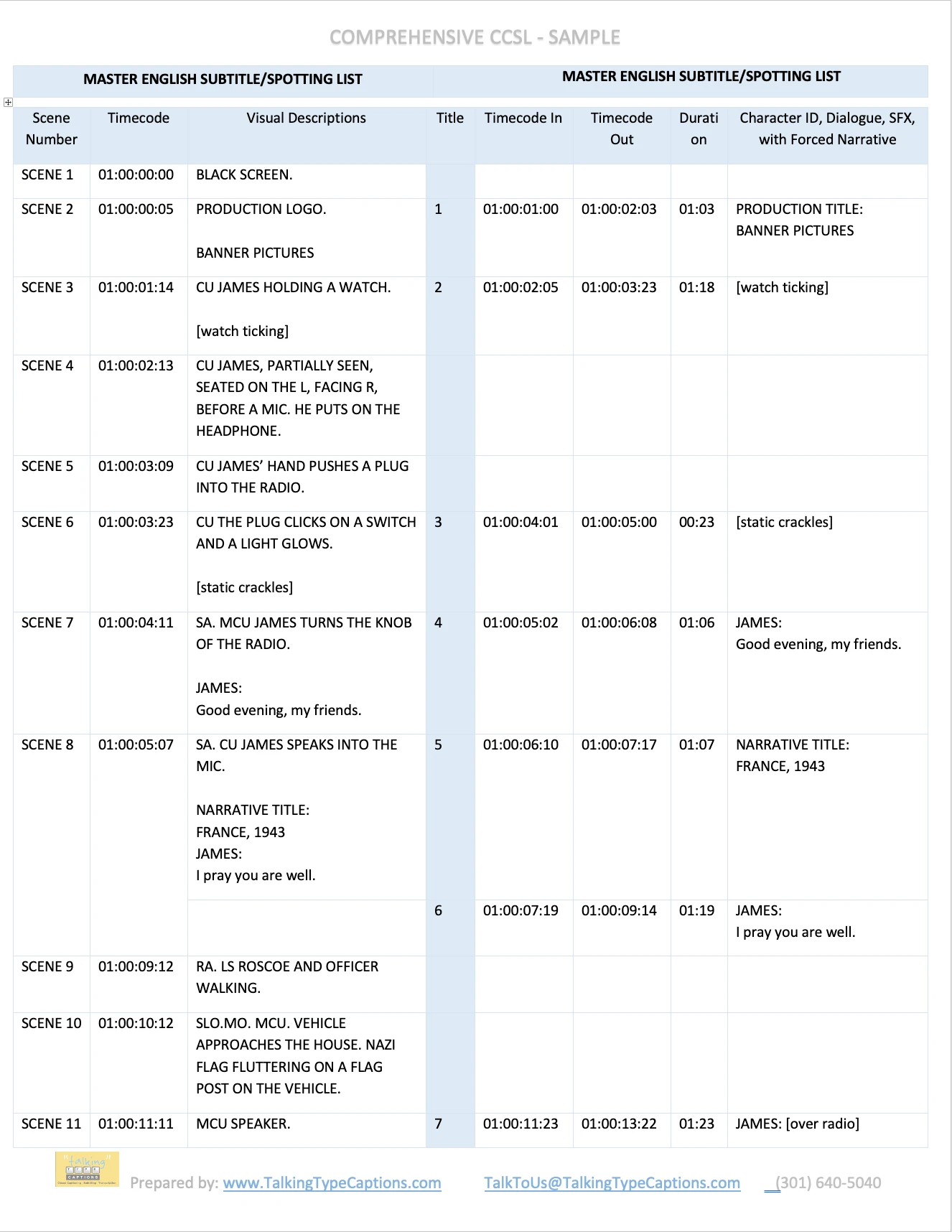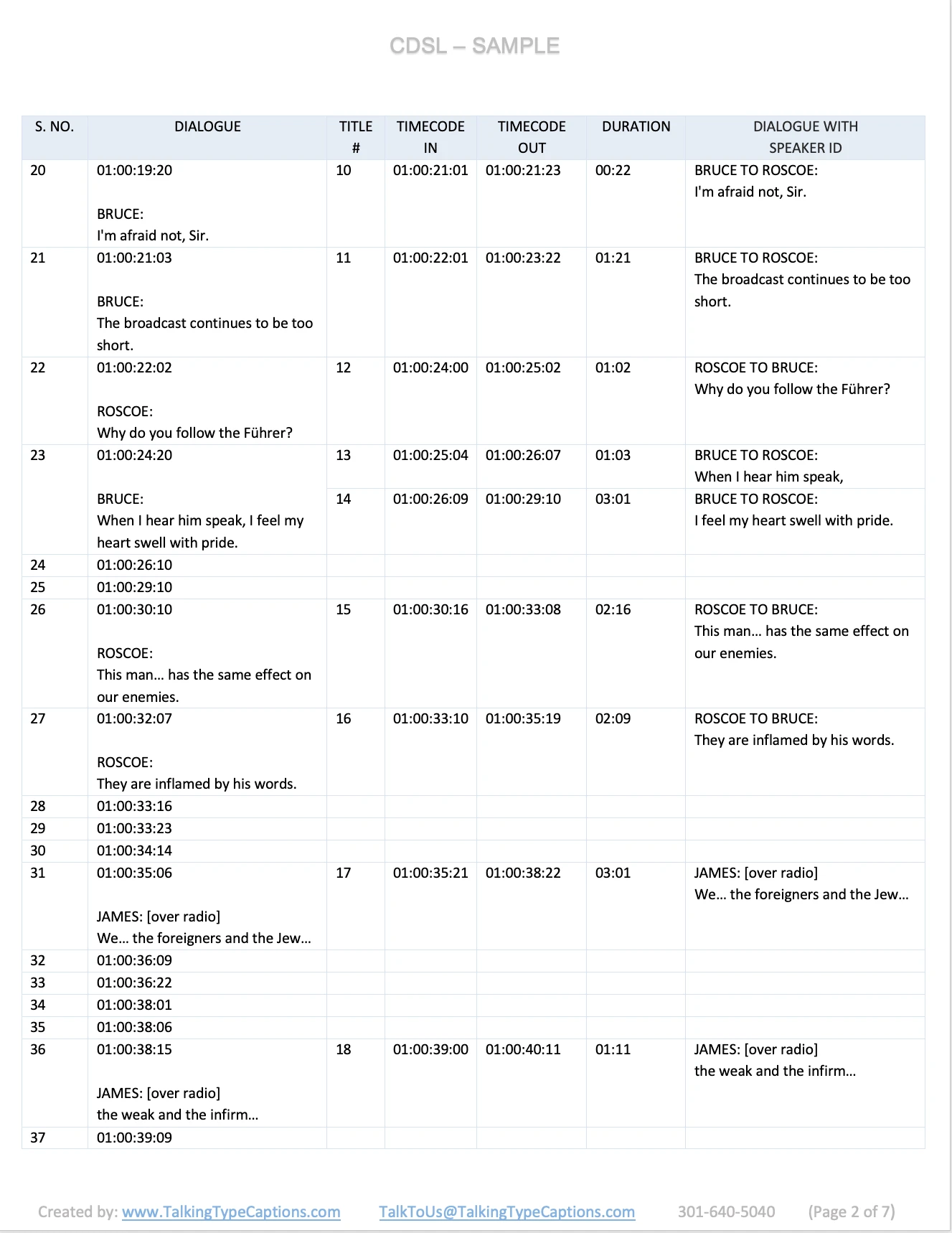Audio
Description

Hearing is Seeing
with Audio Description
Talking Type's Unique Process for Audio Description for Films
Step 1
Create the AD document: Using our proprietary software that we created especially for Audio Descriptions, our writers will go through the movie writing descriptions where they find a gap in the audio.
Step 2
Once the writing part is completed, we use AI voice that works in conjunction with our software to create the audio file with the AD.
Step 3
This audio file is encoded to the proxy video that you send to us that we work on.
Step 4
We send you the video with the AD to approve and suggest any changes.
Step 5
We create another copy of the AD video for final approval.
Step 6
Once approved, we then get a human voice to voice the parts.
Step 7
These individual parts are again encoded to the proxy video for your approval.
Step 8
At this stage, we send you the audio file that you can send to your post house to marry into the original High Resolution movie. This is best done by a professional studio.
What's the Difference between Standard Audio Description and Extended Audio Description continuity scripts?



